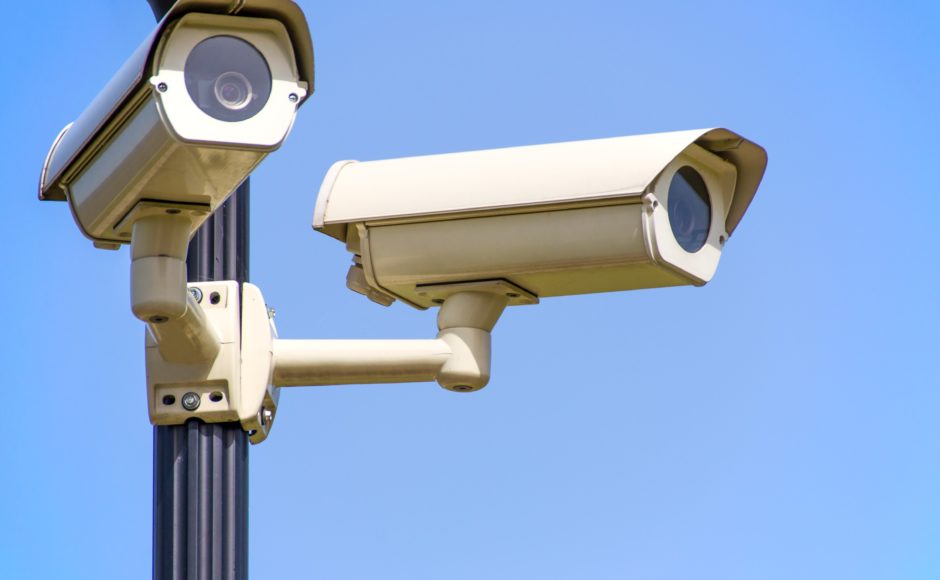Security is the tier of need that follows just after physiological needs in Maslow’s Need Hierarchy. There is a good reason for that as well. After gaining food, water, warmth and rest, the natural desire to secure this zone of comfort arises. In other words, also called a house. With a major portion of our days being spent at work, it is also natural to have the same secure feeling there. While the need for monitoring and surveillance exists, many find themselves in a pinch when it comes to choosing a system that will meet certain needs without being too extravagant.
Looking up just for security cameras in an online search will lead you down a rabbit hole of jargon and it’s just natural to be confused by it all; CCTV, IP, wireless; and many more. By the time you finish reading this post, you’d hopefully be able to discern for yourself what exactly meets your needs. Let’s take a look at a comprehensive comparison of wireless and CCTV cameras.
A CCTV stands for a closed circuit television system. In simpler terms, the video feed that you receive on monitors or screens or on storage is from a group of cameras that are on a closed loop. These cameras are on a single network. The best example would be scenes from prisons or hospital wards where you can view the feeds of different cameras on a single or multiple monitors. These cameras are not compatible with remote viewing. There are very few good apps or programs that allow remote viewing. Plus, you can’t just install them on your own. A professional fitting team from a vendor needs to survey the area before beginning installation. In the case of wireless security cameras, accessibility problems are relatively low. Depending on a wireless network, the camera can be installed by almost anyone and the video feed can be accessed from anywhere in the world through a secure login. You can even configure some to backup footage to your personal server or to the cloud. Long distance wireless IP cameras have an additional benefit of working well even if the WiFi network isn’t as close as needed for normal wireless cameras.
CCTV cameras need cabling – a lot of cabling. Not to forget, this cabling could go over your existing cable setup or on the outside. Any problems in cabling would cause hiccups in the footage recorded. Wireless IP cameras need almost no installation. Most come with a manual and setup guide that is less than 2 pages long. The footage might be recorded traditionally to a microSD, to the cloud or any specified file server. If you find a location isn’t good for monitoring, most of the time your only concern will be finding a power outlet nearby or using an extender.
Using CCTV cameras is predominantly a trait of larger companies, hospitals, casinos, hotels, and institutions that invest in their own server racks for storage. Using them in a home or for a small business isn’t that ideal. CCTV cameras offer power, functionality, and controls that will be wasted for home use. Wireless IP cameras can be used in a variety of situations and take almost no time to be up and running. With movement alerts, infrared sensors and two-way chat functions, these are ideal for home security or monitoring dependent people.
The main gripe with CCTV is that the footage captured by cameras is stored on a Digital Video Recorder (DVR). Post that, the recording is exported to DVD. In case of a crime that has been recorded, the only thing the criminal needs to do is to destroy the physical DVD and your evidence is as good as nonexistent. Even economical wireless IP cameras, costing less than a hundred dollars allow the footage to be stored on online file servers with bank-grade security. Even if the camera is destroyed, the evidence stays intact.
High definition footage is mostly unavailable on CCTV, as is the audio. While the systems are advanced, they still lack features available in economical wireless cameras. There are many wireless IP cameras offer HD quality footage for both daytime and nighttime viewing. Additionally, these are in readily share-able digital formats.
So, as you have read features of both types of cameras you can choose one quickly as per your specific need.


